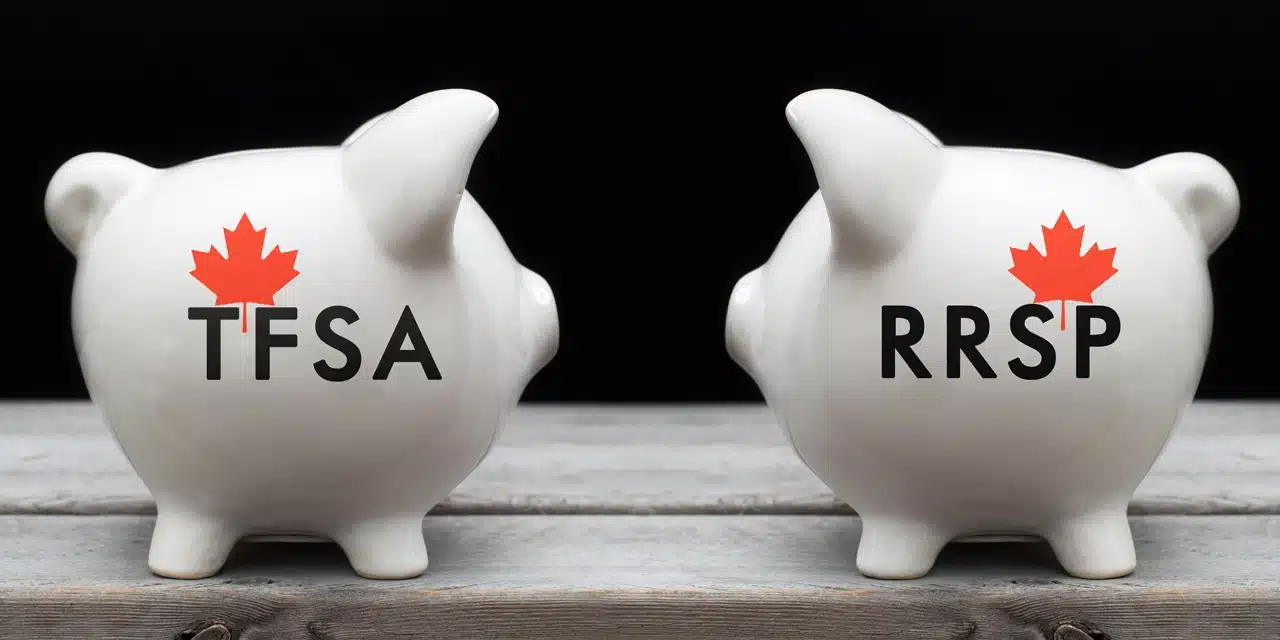By Harvest ETFs
Investors are facing a dilemma. That’s how Paul MacDonald, CIO and Portfolio Manager at Harvest ETFs, opened a recent webinar for Canadian financial advisors. He explained that this dilemma is due to a combination of macro uncertainty, persistent inflation, and the failure of some traditionally defensive asset classes—especially bonds.

At first glance, it appears that investors have nowhere to turn. However, MacDonald explained to his audience that the right asset mix can help generate total return in a difficult—but not bear—market. He also pointed to some greenshoots that imply inflation might peak soon and spark a recovery, signs of hope as investors look to the future.
Why Inflation and Volatility are high in 2022?
MacDonald laid out his thesis of an investor dilemma in detail at the webinar. That dilemma begins with macro uncertainty. Russia’s invasion of Ukraine, and the small but not zero risk of a ‘black swan’ event has been a major source of that uncertainty. MacDonald highlighted other sources too, such as new COVID lockdowns in China and the higher risk of a European recession. Perhaps the largest current source remains the pace and intensity of central bank rate hikes expected this year.
Inflation has been front of mind for investors and consumers this year, too. While commodity price increases and inflationary pressures were predicted in December and cannot be completely attributed to the war in Ukraine, that conflict has made these pressures more persistent. Even as bond yields rise, currently elevated levels of inflation mean fixed income products are still yielding below the rate of inflation or negative real income.
MacDonald explained, as well, that traditionally defensive asset classes like bonds are not performing. Bond prices are falling significantly as bond yields are rising. More defensive equities in areas like consumer staples have held up for now, MacDonald said, but inflationary pressures could see those equities weakened by consumers cutting spending.
The final piece related to inflation MacDonald discussed was supply chains. According to the New York Federal Reserve, supply chain pressure has been as high as four standard deviations above the norm. Notably, that number is on the downswing, but still has much further to fall if it is to come back to normal.
“We’re seeing growth decelerate,” MacDonald said, summing up the macro picture. “But it’s staying modestly positive.”
What this has meant for markets
Markets have priced in the various sources of uncertainty outlined above, resulting in a multiple contraction and broad market correction. However, corporate earnings are actually up modestly on a year-to-date basis. This has created a market where valuations are significantly lower than they were a few months ago, while earnings are modestly up.
“The analogy that I like to use in this situation is to consider you can buy a business for $100,000 and pays $5,000 in earnings in January,” MacDonald said. “Today, you can buy that same business for $95,000, but it pays $7,000 in earnings. So price is down and earnings are up.”
Those valuations are likely to stay depressed until some uncertainties are clarified. If metrics point more conclusively to inflation peaking through thawing supply chains, or price reductions due to currently high inventories, MacDonald said that we could see a “spring-loaded” market. That remains unknown, however, and leading indicators for hitting peak inflation are still mixed.
Whatever the cause, we have seen one of the largest multiple contractions of the past 20 years. In line with that correction, volatility levels are more than two standard deviations above average. Through active covered call strategies, MacDonald and his fellow portfolio managers at Harvest ETFs are able to turn this high volatility into cashflow. He told the webinar audience that investors can consider these strategies as they look to break out of their dilemma.
Monetizing volatility and a strategy for uncertain markets
“I would also argue that we have to start to think about covered call strategies no longer as a strategy as much as an asset class in order to actually generate net positive real income, just given how high inflation is,” MacDonald told the webinar.
Covered calls formed the core of MacDonald’s answer to investors’ dilemma. These strategies, used in Harvest’s equity income ETFs, are built to deliver high target income yields, typically in a range of 6% to 9%. They can deliver a rate of income above today’s high inflation rates and they can monetize market volatility.
Through a covered call option strategy, a portfolio manager sells a buyer the right to buy a stock at today’s price at an agreed upon time. For that right, the buyer pays the portfolio manager a premium. That premium is the core of an equity income ETF’s cash distribution. MacDonald explained that as volatility increases call option premiums are higher, meaning Harvest portfolio managers can generate more income by writing less call options, thereby monetizing volatility. It’s an advantage that only comes with actively managed call option ETFs. Learn more about call option ETFs here.
While covered call option ETFs are typically viewed as a strategy for income seekers. MacDonald believes that they should be seen as an asset class in today’s environment. They can provide income yields above the rate of inflation and in a time when markets are wobbling so much day to day. That income yield, he said, can be seen as a greater percentage of total return at a time when equity and bond markets are failing to provide that return on their own.
Combined with a diversified investment approach, a focus on large-cap companies, and a bias towards defensive stocks MacDonald believes that covered call ETFs can play a significant role in helping investors overcome the dilemma they find themselves in.
To find out how your clients can benefit from this strategy call Harvest ETFs 1-866-998-8298.
For more on Harvest Equity Income ETFs & Harvest Growth Income ETFs click here.
Quoted in this article
 |
Paul MacDonald, CFAChief Investment Officer |












